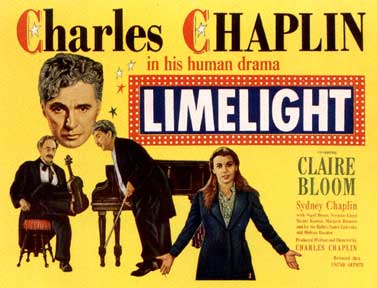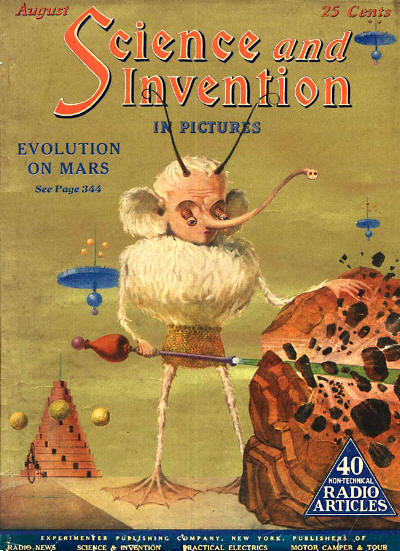Modern Electrics [1914]

Modern Electrics covered all aspects of electricity, motors, power, wireless, controls, switches, lighting, and the thousands of other topics that made electricity the hottest area for technical enthusiasts of the early twentieth century. It was the first magazine published by Hugo Gernsback, and was also an early pioneer in futuristic and technical science fiction, with numberous fiction stories running as early as 1911. As such it paved the way for the huge genre SF and Fantasy industry we have today.
George Braith [1963]

George Braith is not as widely known as Roland Kirk, but he too made indisputably musical sounds playing two horns simultaneously. He in fact played one of Kirk’s signature instruments, the stritch (a type of straight alto), often in tandem with the soprano. This Blue Note reissue combines the three albums Braith made for the label between 1963 and 1965: Two Souls In One, Soul Stream, and Extension. Braith, guitarist Grant Green, and organist Billy Gardner appear on all three albums, but the drummers change every time. They are Donald Bailey, Hugh Walker, and Clarence Johnson, respectively.
Bron: allaboutjazz.com
Gloria Swanson

Born Gloria May Josephine Swanson (or Svensson) in a small house in Chicago, Illinois to a Swedish American father, who was a soldier, and a Polish American mother, but she grew up mainly in Puerto Rico, Chicago, and Key West, Florida. Gloria didn’t intend on going into show business. After her formal education in the Chicago school system and elsewhere, she began work in a department store as a sales clerk.
Bron: en.wikipedia.org/
Limelight [1952]

Limelight, the most emotional of films, is all about the death of emotions – as such a major theme developed with pathetic consistency in Hollywood films, whether screwball or noir or whatever. When we think of Chaplin’s art of combining the abstract and concrete, real and surreal, hard fact and dream, the present with the past and the imagined, and again the effortless mixing of the pantomime, ballet, burlesque, dialogue and monologue into an indivisible whole, simple as a moment in nature, we can well sense how far Limelight is from the ordinary Hollywood fare; it should sooner be placed among films like Citizen Kane, Ivan Groznyi and Alf Sjöberg’s Miss Julie. The differences between life and art, the personal and the historical and so on loose their point.
Bron: sensesofcinema.com


